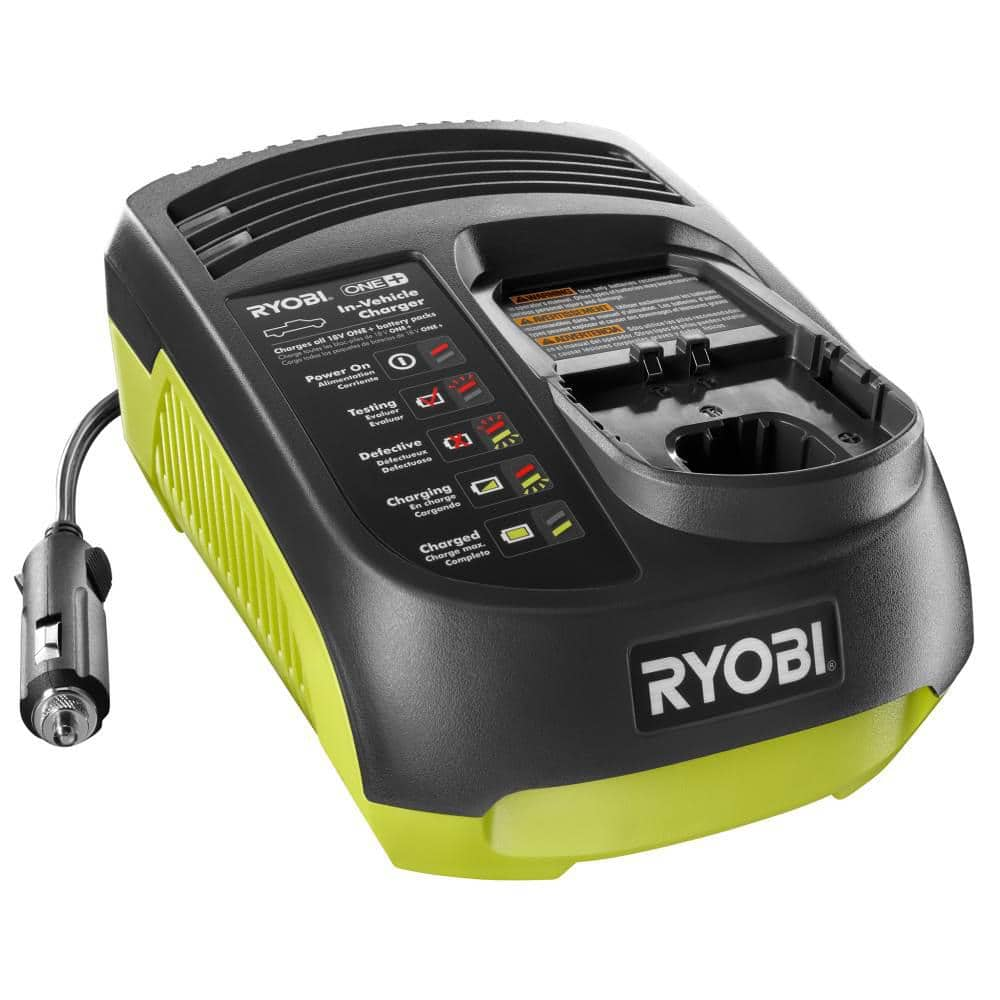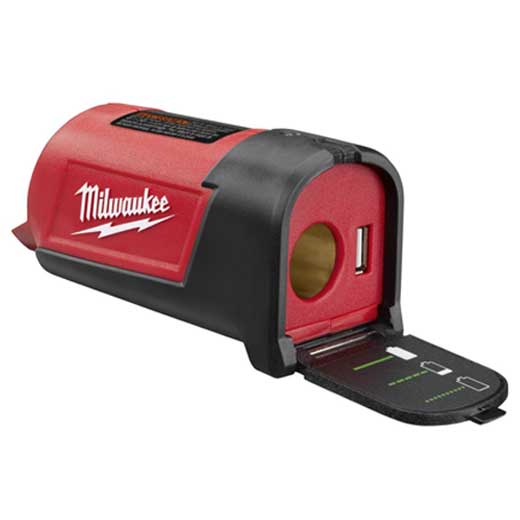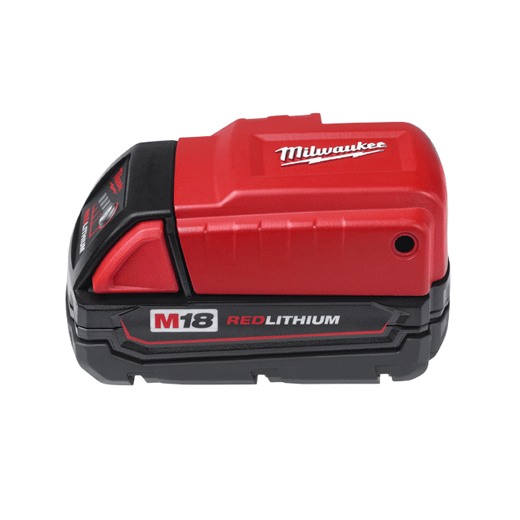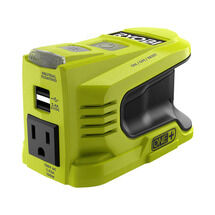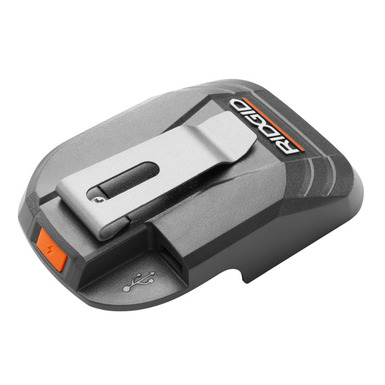wjeeper
Active member
I have a Jeep Cherokee that I am setting up that has some power needs to sort out. Been looking into a dedicated 2nd optima battery. By the time I add a 2nd battery, a charge controller, wires, etc, etc the system is starting to get $$$$$ and complicated. Another concern for me is space for a second battery is limited with my platform. Adding a 2nd battery under the hood means modifying the air filter box, inside the vehicle is really tight on space too and underneath the Jeep is not really an option. Also as a design criteria I am trying to use components I already have on hand.
Had an idea on my way to work that I want to run by the gurus! My thought was to run one two of these battery adapters and two Ridgid 9.0 AH lithium batteries underneath the rear seat:

Should be a simple robust battery system that is isolated from the vehicle. Plus i would have the added bonus of swapping spare batteries and the ability to run power tools with the same batteries at home or out on the trail.
Components I am thinking of running off of the system:
Here is my big question: sizing the battery system. Would 2 of these 9.0AH batteries service the system and my planned use? Has anybody run across a system like this before, or am I swimming in the deep end without my arm floaties again?
Had an idea on my way to work that I want to run by the gurus! My thought was to run one two of these battery adapters and two Ridgid 9.0 AH lithium batteries underneath the rear seat:

Should be a simple robust battery system that is isolated from the vehicle. Plus i would have the added bonus of swapping spare batteries and the ability to run power tools with the same batteries at home or out on the trail.
Components I am thinking of running off of the system:
- LED Rock Lights: 2 maybe 3 for camp illumination (LINK)
- LED Dome Lights: 2 for the interior (LINK)
- Espar B4 heater when its cold
- A 12v fan when its hot
- KISS: I want to keep the system/ Jeep as simple and light weight as possible. Jeep is being used as a place to sleep, not much more.
- Summer trips 2-3 night duration. More frequent fan use, occasional heater use in the mountains. Light use is less (more hours of sunshine), so I think the batteries should be adequate
- Winter trips overnight duration. We really don't do much winter travel. Most trips to south/ central Utah. Drawback is more light use (shorter days) and frequent heater use at night only.
- 18 volts:
- LED lights are a non issue running on 18 volts, already hooked them to a battery as a test.
- I seem to remember the heater saying 12-24V on the side (not sure if that means it has to run on either 12 or 24 volts or anywhere between?)
- DC brushed motors can run on different voltages right? The fan I have is like one of the ones you use to see in the front window of a school bus.
Here is my big question: sizing the battery system. Would 2 of these 9.0AH batteries service the system and my planned use? Has anybody run across a system like this before, or am I swimming in the deep end without my arm floaties again?

